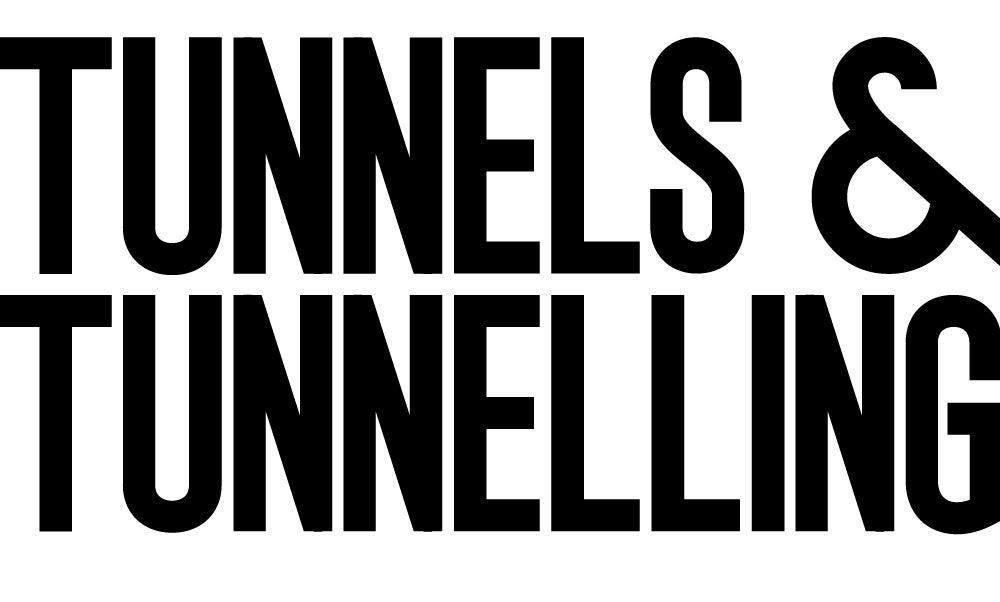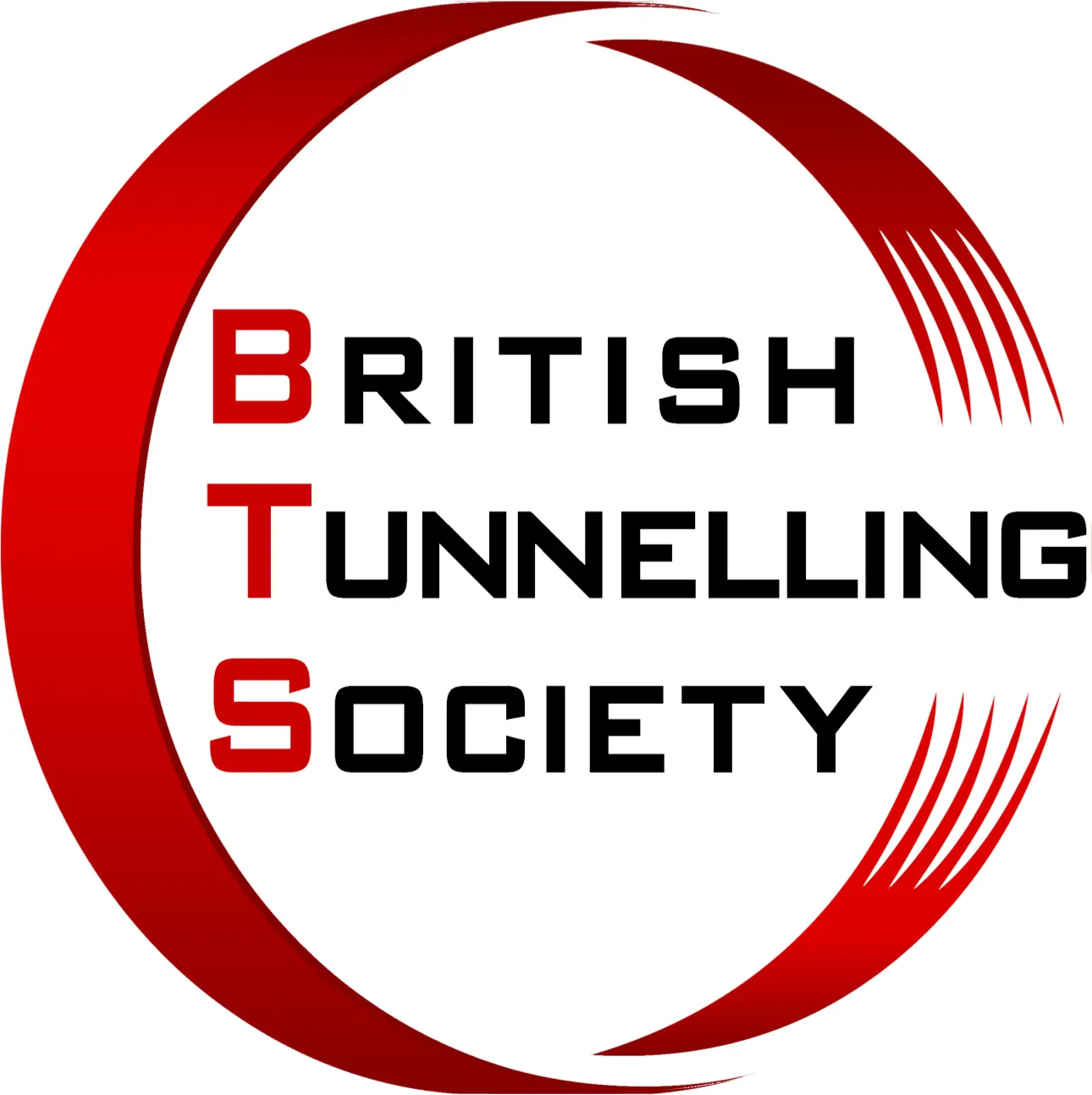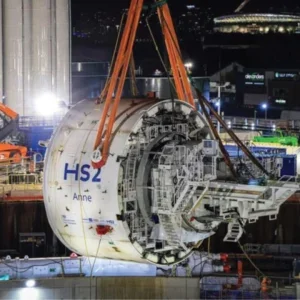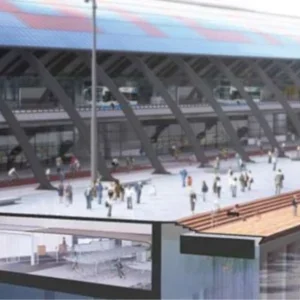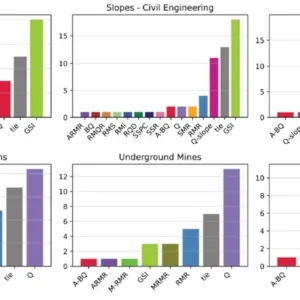
Clifton Hall Tunnel, in the UK, and St James Tunnels, in Australia, are of different ages, have had quite different histories and also reasons for becoming disused.
The British tunnel was built in the Victoria era but tragedy struck decades later, with fatal collapses during its operational life. It was backfilled, though perhaps not quite fully which recently has led to further works.
In Sydney, the St James Tunnels were built in the 1920s but economic woes, and some routing squabbles, kept two of the four tunnels out of operation. While the other two have had long operational lives, now the dormant two tunnels have been refurbished and are set to be a tourist draw, presenting historical tales, below the central business district (CBD).
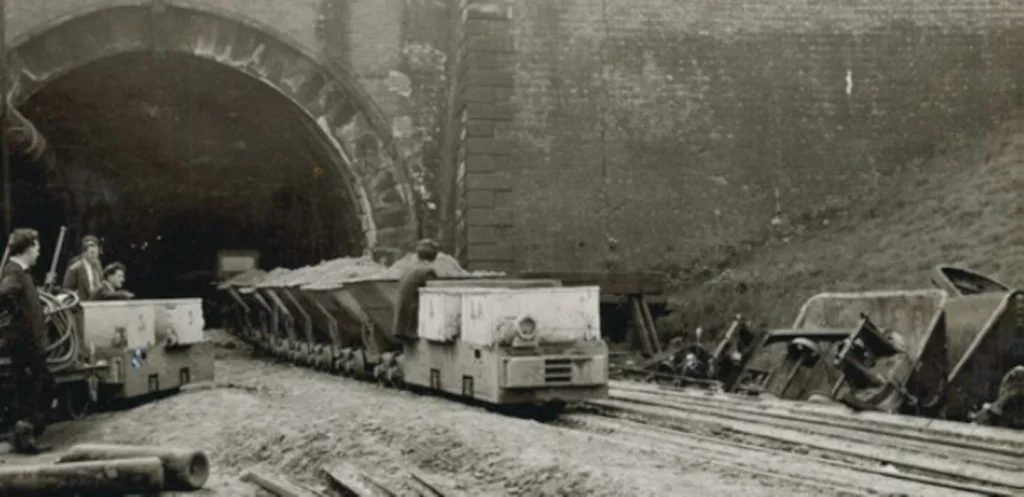
CLIFTON HALL TUNNEL SEES BACKFILL VOIDS FULLY INFILLED
Historical Railway Estate recently completed infilling work on the Clifton hall Tunnel, in Greater Manchester.
Built in the Victorian rail tunnel era, the tunnel, in Pendlebury, gained notoriety in the 1950s when the collapse of a construction shaft resulted in five fatalities. Four houses on the street above were also lost.
Afterwards, the tunnel was closed and partially infilled. But a few voids were left.
Infilling work has been completed by contractors working for the Historical Railway Estate (HRE).
Constructed in 1846, Clifton Hall Tunnel is a 1,187m-long double-track horseshoe-shaped tunnel lined with brick. Its construction was difficult from the beginning as the ground was very unstable where mining had already taken place.
The surrounding area was subject to intense urbanisation. Homes were built directly above the tunnel and there were several rounds of remedial works, including the addition of steel ribbing to provide additional support.
A partial collapse happened on 13 April 1953. All trains were stopped and inspection carried out. Two weeks later, then the tunnel roof failed, directly beneath an old construction shaft. Local residents described hearing a loud cracking noise, in the early hours, followed by the fatal collapse of two houses.
The tunnel never reopened.
HRE engineer Andrew Willison said National Highways took over managing the HRE in 2013 and has carried out regular safety checks at Clifton Hall.
“We decided to fill the remaining voids as a precautionary measure and to ensure the site remains safe,” he said.
AmcoGiffen recently has finished a three-month programme of final infilling works at the tunnel to ensure it remains safe.
Before work started, AmcoGiffen lowered a cavity auto laser scanner into drilled holes to scan the remaining voids and establish there form, helped using 3D imaging. Contracts Manager Dave Martin said the technology was new to the company as there were few such scanners in the UK.
“The imagery helped us to calculate the volume of materials required to fill areas of the tunnel with voids present,” he said. One void was 200m in length, another 150m.
“Both sections had five holes drilled that we used to insert the cavity scanner and to pump the materials during the filling stage,” he added.
In total, the infilling needed 2,200 tonnes of a mixture of cement and flyash was used to fill the voids. Cement alone would be too strong and not flow far enough, as the material needed to be able to travel 30m. Flyash would increase workability and also durability of a mixture with cement. Waste was also reduced.
Pumping the mixture during the filling stage took 10 weeks, working only day shifts to help keep noise from the works to a minimum for local residents. Some of the drill hole locations were changed to help protect trees and, following the works, the access areas have been reseeded.
SYDNEY RAIL TUNNELS TO BECOME TOURIST ATTRACTION
Abandoned old rail tunnels, 20m below the CBD, in Sydney have been turned into an historic tourist attraction, due to welcome visitors from later this year.
The St James Tunnels were part of a proposed East- West rail Corridor that was envisioned early last century by engineer John Bradfield. However, the planned full system was subsequently abandoned in the face of the Great Depression, in the early 1930s, and also due to disagreements over rail routes.
However, parts of the tunnel system were used – as part of the City Circle.
During the Second World War, the St James Tunnels were used as an air raid shelter.
Then, the two tunnels of the four in the system went back to not being used, while the other two tunnels continued as part of the City Circle.
Following recent restoration and revitalisation works, visitors to the refurbished underground space will be able to explore the formerly unused, hidden parts of the St James Tunnels system, which were built in the 1920s.
Tour groups will be able to walk through the disused southern tunnel, extending under Hyde Park, from St James station. Tours are expected to commence in late 2025, once an operator is appointed.
St James Tunnels will combine a historical walking tour with an immersive multimedia and soundscape attraction, offering visitors a snapshot of Sydney’s transport and wartime past.
Sydney Trains’ Chief Executive, Matt Longland, said that the St James Tunnels were “a window into our transport past, a snapshot of World War II history, and the efforts of the workers who built Sydney’s transport infrastructure.”
NSW Minister for Transport, John Graham, said:
“These historic tunnels are more than just infrastructure; they are an expression of Sydney’s development as a modern, international city. These tunnels belong to the people of NSW, so it’s fantastic news that they’ll become another of our city’s great public spaces.”
The NSW Government is planning for more ‘Experience-led’ tourism as a priority to help boost the state’s visitor economy, it said in a statement in February.
“The St James Tunnels tour is expected to be a visitor drawcard, similar to award-winning attractions in London which explore disused tube stations and secret wartime shelters,” it said.
The tour is anticipated to run several times a day and is designed to be suitable for teenage years and above.
The Transport Minister added: “Tours like Bridgeclimb on the Harbour Bridge are now a must-do experience for Sydney locals and visitors alike. In time, we want to see tours of the St James tunnels become just as popular.
He added: “I want to congratulate the teams who worked so hard underground in a difficult environment to preserve the heritage of the site and reimagine it into an exciting and educational experience.
